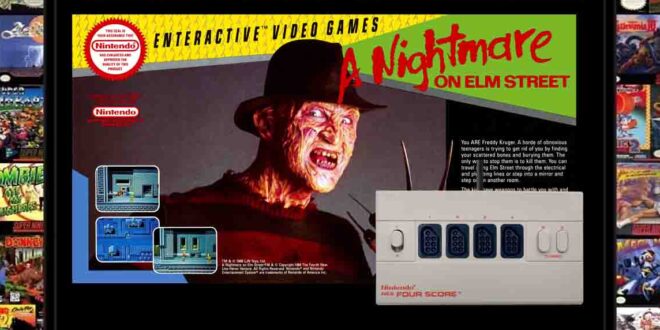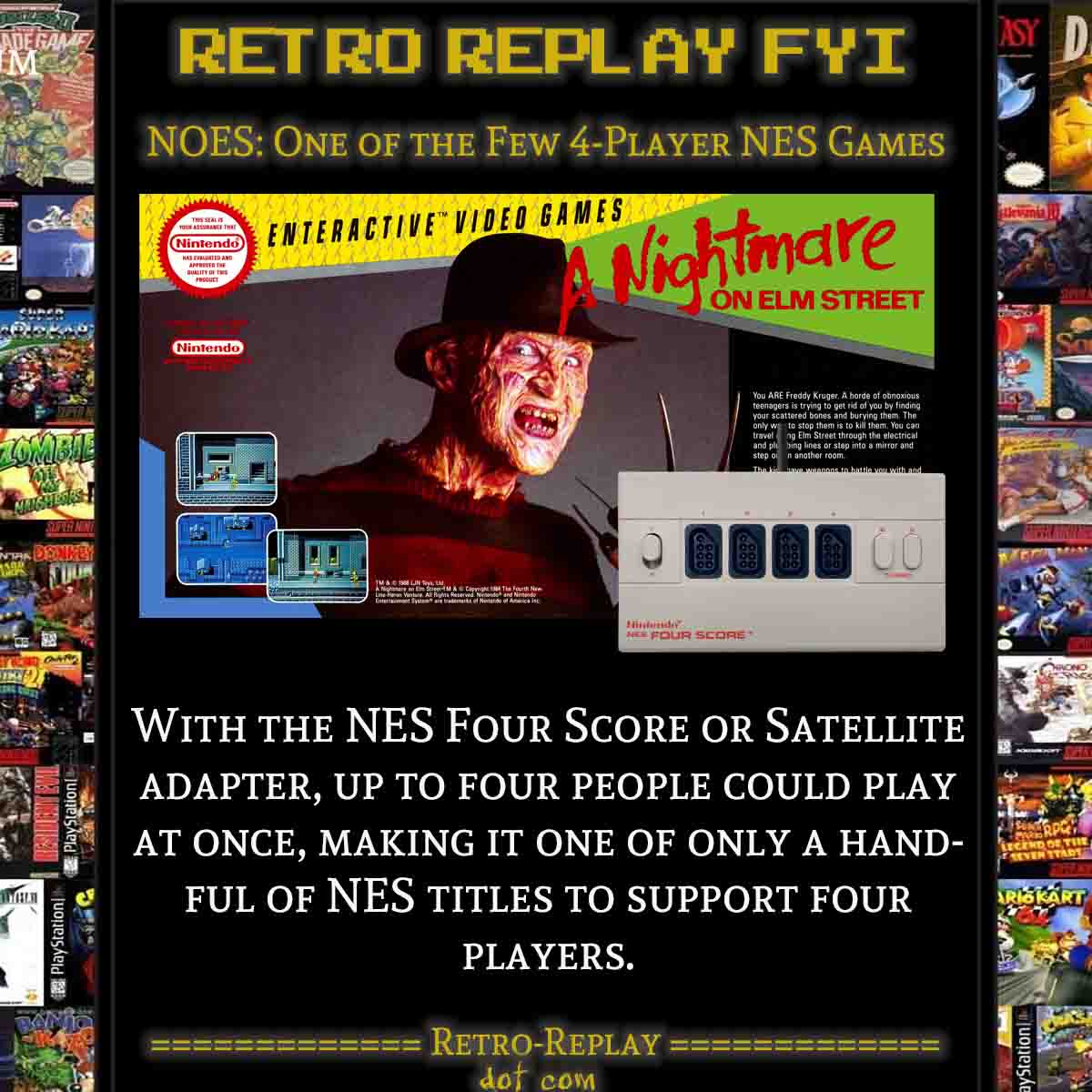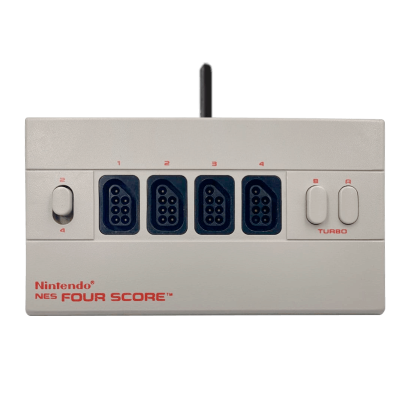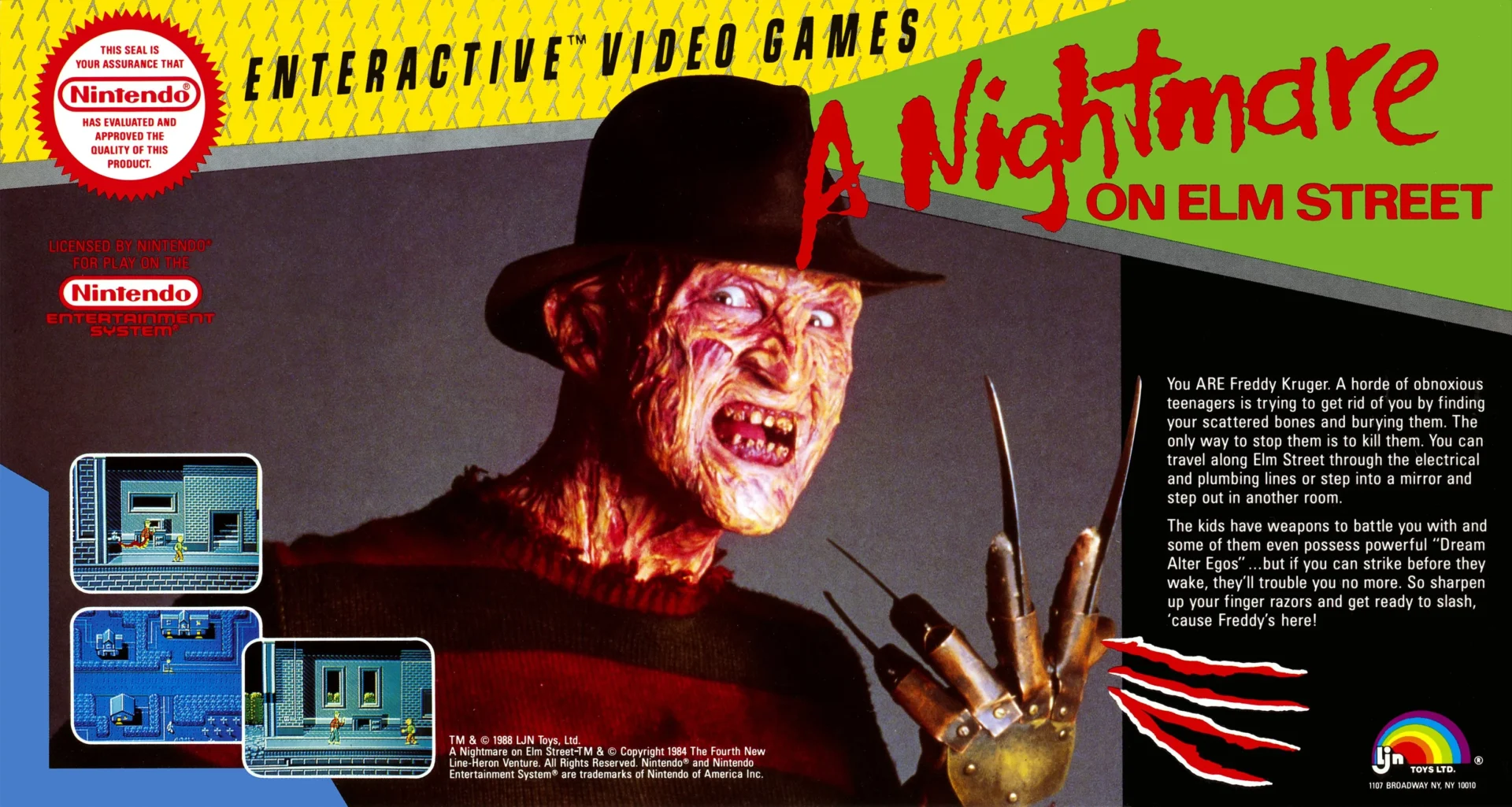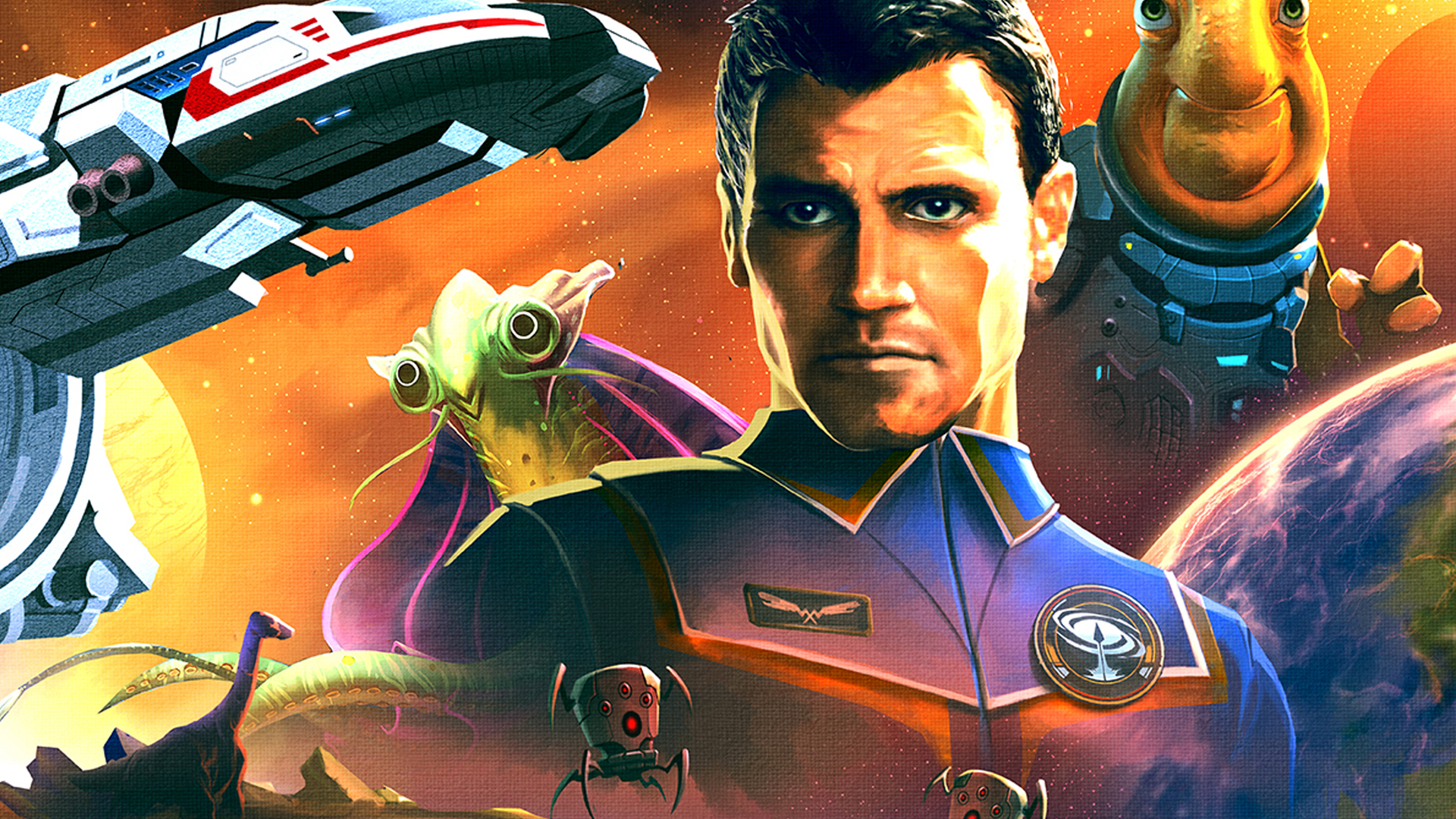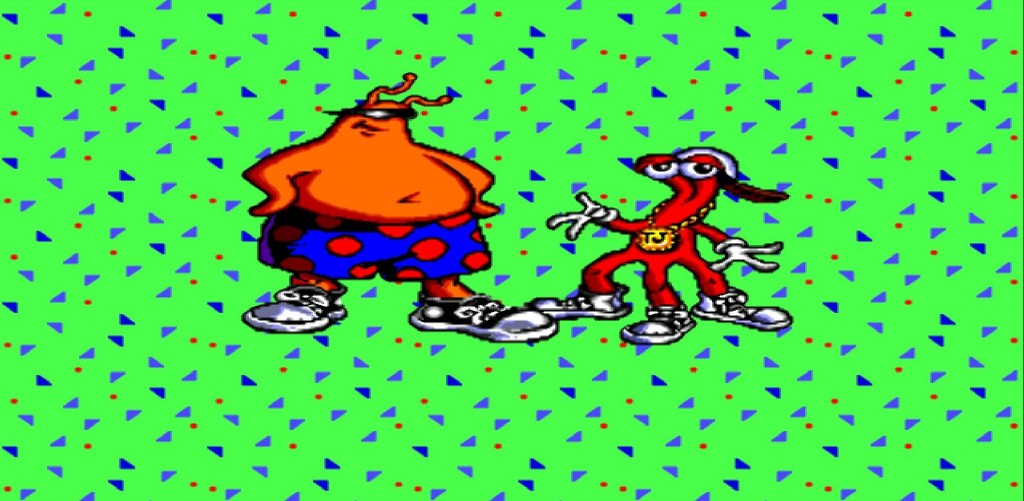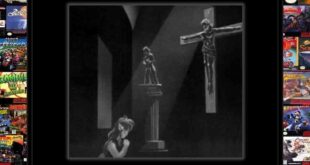A Nightmare on Elm Street and the Forgotten Era of 4-Player NES Gaming
Multiplayer on the NES Was Limited
When the Nintendo Entertainment System hit North America in 1985, multiplayer usually meant two players taking turns. Titles like Super Mario Bros. or The Legend of Zelda were primarily solo adventures, while Contra and Double Dragon II gave you that coveted two-player co-op. Four people on one NES? That was practically science fiction in the mid to late 1980s.
(HEY YOU!! We hope you enjoy! We try not to run ads. So basically, this is a very expensive hobby running this site. Please consider joining us for updates, forums, and more. Network w/ us to make some cash or friends while retro gaming, and you can win some free retro games for posting. Okay, carry on 👍)
The console itself shipped with only two controller ports, and most developers designed with that limitation in mind. The idea of gathering four friends around a single CRT television was a novelty. Nintendo saw an opportunity, however, and introduced accessories that expanded the console’s possibilities: the NES Four Score in 1990 and the NES Satellite in 1989. These peripherals allowed up to four controllers to be plugged in at once, essentially doubling the system’s capacity for multiplayer gaming. (Wikipedia – NES Four Score)
But there was one glaring problem. Hardly any games supported four players.
The NES Four Score and Satellite
The NES Four Score was a small rectangular box with four controller ports and turbo switches that acted like a simple hub. The NES Satellite was a wireless infrared accessory that let players sit across the room and still plug in four controllers. Both were marketed as the gateway to “party gaming” on the NES, but without software support, their impact was limited.
Only a handful of titles made use of these devices, including Gauntlet II, Super Off Road, Nintendo World Cup, and R.C. Pro-Am II. These were mostly sports or arcade-style games where four players made sense. Even so, most households never bought the adapters, and most developers ignored them. For every kid who bragged about four-player soccer in Nintendo World Cup, there were thousands who had never even seen a Four Score in person.
That is what makes A Nightmare on Elm Street so strange. Of all the games that could have featured four-player support, it was this horror oddity published by LJN.
Enter Freddy Krueger on the NES
Released in October 1990, A Nightmare on Elm Street for NES was developed by Rare and published by LJN. Rare would later become famous for Donkey Kong Country and GoldenEye 007, but at the time they were cranking out contract work for various publishers. LJN, meanwhile, had earned a reputation for clumsy licensed games based on movies and cartoons.
The premise of the NES game was loosely tied to the film series. Players controlled teenagers roaming Elm Street, collecting Freddy Krueger’s bones, and burning them in the local furnace to put him to rest. Along the way they fought snakes, bats, zombies, and of course Freddy himself, who could attack both in the “real world” and in the dream world if players fell asleep.
Where it really broke the mold, though, was its multiplayer. Plug in the Four Score or the Satellite, and suddenly four teenagers could explore together. In a horror game, on the NES, with simultaneous play.
(Wikipedia – A Nightmare on Elm Street NES)
How 4-Player Elm Street Worked
Each player took control of a different unnamed teenager, wandering through the side-scrolling levels. If one player got sleepy and slipped into the dream world, the whole group would find enemies tougher and more surreal. Freddy could appear at any time, turning a cooperative romp into a chaotic scramble.
In practice, the four-player mode was equal parts fun and messy. With four kids huddled around the same TV, sprites cluttered the screen, and it was easy to lose track of who was who. Freddy’s attacks felt more frantic when he could knock out multiple players at once, and lives were burned through quickly.
The clunky controls and repetitive enemies that plagued the game in single-player were still there, but with four people laughing and shouting, the rough edges softened into a party-game atmosphere. It might not have been scary, but it was memorable.
Why Four-Player NES Gaming Never Took Off
The problem was that the ecosystem never fully supported it. The Four Score and Satellite were clever pieces of hardware, but the NES was nearing the end of its lifecycle by the early 1990s. Developers were already shifting focus to the Super Nintendo, which promised bigger games and better graphics.
Only a short list of NES titles ever supported four players. Beyond Elm Street, highlights included Gauntlet II, Super Off Road, R.C. Pro-Am II, and Nintendo World Cup. That was about it. The rest of the NES library remained firmly two-player or solo experiences.
It was a chicken-and-egg problem. Few people bought the Four Score or Satellite because few games supported them, and few developers added support because so few players owned the hardware. The result was that these accessories became curiosities, remembered mostly by hardcore collectors.
That is why A Nightmare on Elm Street stands out. It is not remembered as a great game, but it is remembered as one of the rarest use cases for four-player NES support. It combined two unlikely things, horror and party gaming… into a bizarre hybrid that only could have existed in that specific moment in gaming history.
Looking back, it feels almost experimental. Rare took the slasher-movie license, added a dream world mechanic, and bolted on multiplayer through Nintendo’s newest hardware add-ons. The result was clunky, but it foreshadowed ideas that would later become mainstream. Cooperative survival horror would not become common until decades later with titles like Left 4 Dead.
Legacy of Elm Street and NES Multiplayer
For many kids in 1990, A Nightmare on Elm Street was a rental curiosity, something picked up for a weekend sleepover. With four controllers plugged in, it turned a scary movie monster into a goofy shared challenge. That shared laughter, the shouts when Freddy suddenly appeared, and the chaos of juggling lives gave it a cult status even among critics who panned its gameplay.
Meanwhile, the Four Score and Satellite faded quietly into history. They showed that Nintendo was willing to experiment with new forms of play, but they arrived too late in the NES’s lifecycle to make a lasting impact. By the time the Super Nintendo arrived, four-player support had moved on to bigger and better titles.
Today, both the adapters and Elm Street are collector’s items, often remembered in retrospectives about the strangest corners of NES history.
Four-player NES gaming never became mainstream, but it left behind fascinating artifacts. The Four Score and Satellite remain proof that Nintendo was willing to push boundaries. And A Nightmare on Elm Street stands as one of the strangest beneficiaries of that experiment, a clunky licensed horror game that accidentally became a party classic.
For retro fans, the idea that four kids could face Freddy together in 1990 still carries a kind of weird charm. It is a reminder that even the strangest experiments can carve out their own unique place in gaming history.
 Retro Replay Retro Replay gaming reviews, news, emulation, geek stuff and more!
Retro Replay Retro Replay gaming reviews, news, emulation, geek stuff and more!
